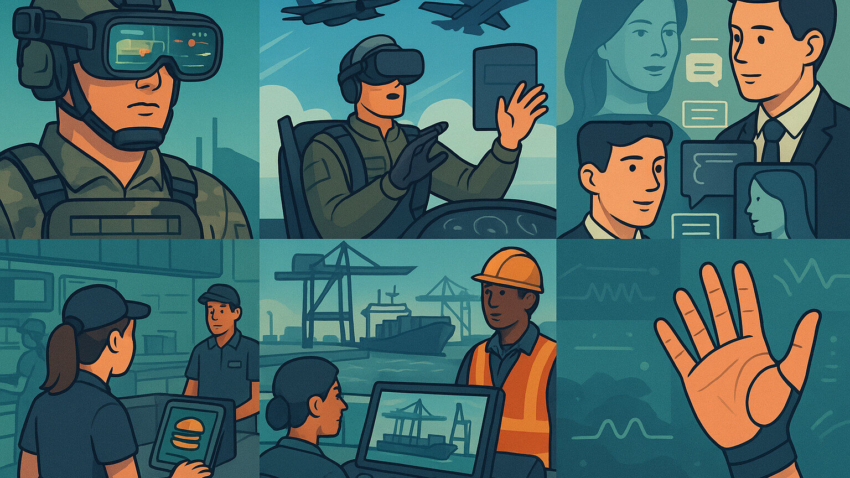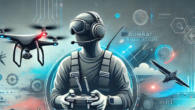
Simulation Weekly News
In military technology, Anduril unveiled the EagleEye XR headset, a replacement for Microsoft’s IVAS, designed to overlay real-time battlefield data and convert the soldier into an AI-supported node within the Lattice ecosystem. The US Army awarded Anduril $159 million for prototypes of the system, which supports mission rehearsal and drone control. Simultaneously, RTDynamics boosted fighter jet simulation capabilities by integrating large language models with AI agents in VR-Forces. These agents now retain contextual memory and coordinate complex formation tasks based on simplified natural language commands, enhancing training and experimentation. The Institution of Mechanical Engineers also highlighted the convergence of AI and simulation, noting that AI enables non-experts to run complex simulations using natural language and reinforcement learning to test rare failure modes.
Across enterprise sectors, AI is enabling sophisticated new applications. Startup Viven secured $35m to create “digital human twins” of employees by analysing their internal communications (e.g., emails and Slack). This system uses LLMs and “pairwise context” to share vital information and enhance workplace communication when individuals are unavailable.
In workforce training, simulation is crucial for overcoming “skill masking“, a challenge where 58% of Quick-Service Restaurant (QSR) staff admit to concealing competency gaps. Simulation training, using 3D gaming engines and AI monitoring, allows staff to safely rehearse workflows and gain proficiency faster. High-fidelity simulation is now essential for maritime port workforces, aiding recruitment and halving training times. Supporting these immersive environments, Fundamental XR launched Fundamental Touch, a new untethered haptics system providing precise, low-latency tactile feedback for scalable use across aerospace, automotive, and general training sectors.
⊲ Image – DALL-E ⊳








